Multimedia Content
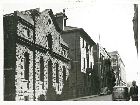
15 Flinders Lane, Melbourne, Vic., 1949, by Colin Caldwell, courtesy of State Library of Victoria.
Details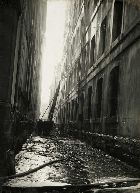
Firemen in Flinders Lane, Melbourne, 1911, courtesy of State Library of Victoria.
Details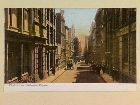
Flinder’s Lane, Melbourne, Victoria, c. 1895 - c. 1915, courtesy of State Library of Victoria.
Details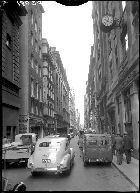
Flinders Lane Melbourne, 1948, by Victorian Railways, courtesy of State Library of Victoria.
Details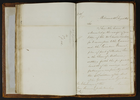
Letter from Charles La Trobe to Chairman of Council, 30 August 1843, courtesy of Public Record Office Victoria, Victorian Archives Centre.
Details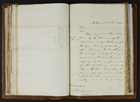
Letter from Charles La Trobe to Mayor, 2 November 1843, courtesy of Public Record Office Victoria, Victorian Archives Centre.
Details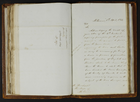
Letter from Charles La Trobe to Mayor, 6 April 1844, courtesy of Public Record Office Victoria, Victorian Archives Centre.
Details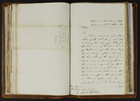
Letter from Colonial Secretary to Charles La Trobe, 23 October 1843, courtesy of Public Record Office Victoria, Victorian Archives Centre.
Details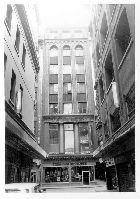
Melbourne. Majorca Build. [i.e. Building], 258 Flinders Lane, 29 May 1977, by John T. Collins, courtesy of State Library of Victoria.
Details
Flinders Lane
One of Melbourne's most important business centres, Flinders Lane runs east-west from Spring to Spencer streets. The name Flinders Lane, which varied from the nomenclature of Melbourne's other little streets, was officially gazetted in 1843. For much of its history, however, 'Flinders Lane' and 'Little Flinders Street' have both appeared on maps and business letterheads as alternative versions. Melbourne City Council street nameplates indicated 'Little Flinders Street' at least until the 1930s, but a council resolution in 1948 reaffirmed the official name as Flinders Lane. More generally known as simply 'the Lane', in its late 19th-century heyday it was renowned as the centre of Melbourne's wholesale (and especially soft-goods) trade.
The lane, as laid down in Hoddle's 1837 grid, roughly followed the course of one of the settlement's first rough tracks. Through the 1840s it was notorious as an often muddy, rutted and scarcely passable passage. By the 1860s, as its swamps were filled in, and as its proximity to the wharf encouraged the construction of warehouses and showrooms, the street gained a reputation as a busy and important thoroughfare, the chosen location of mercantile houses, importers, brewers, timber yards and wholesalers. As one of the city's narrowest streets, Flinders Lane and its network of side lanes and alleys bustled with traffic and were commonly congested with travellers' buggies backed into shops, or by the lifting or lowering of boxes, sacks and other heavy goods.
Most of its bluestone warehouses have now been demolished, some replaced by hotels or carparks. They were exemplified by the New Zealand Loan Woolstore, built in 1882 at 546 Flinders Lane, backing the firm's offices on Collins Street. The imposing six-storey warehouse section had massive load-bearing walls, floor-to-floor bale chutes and a sawtooth glazed clear span roof. By the 1890s Flinders Lane's palatial emporiums and multi-storey warehouses gave it a canyon-like appearance, and some of its well-known premises included the warehouses and factories of the Denton Hat Mills, Beath, Schiess & Co. (clothing), W. McNaughton, Love & Co. (soft goods), Borsdorff & Co. (corsets and hosiery), W. Detmold (stationer), Melbourne Chilled Butter & Produce Co. Ltd, Felton, Grimwade & Co. (wholesale druggists and manufacturers), Sargood's, and Paterson, Laing & Bruce. From Spring to Queen streets, clothing warehouses, manufacturers, mill suppliers, button-and belt-makers, and clothes designers made the lane the centre of fashion, an industry pioneered by Jewish immigrant families such as Slutzkin, Blashki, Merkel, Haskin, Mollard and Trevaskis.
In the 1920s, the growth of specialty houses saw retailers increasingly importing their own goods. Property values rose as ground floor frontages were given over to shops (costumier, tailoring, luxury goods), with soft-goods merchants retreating to the upper floors. Problems with space and parking forced the rag trade into decline from the 1960s. The former Port Authority Building (1929) at the corner of Market Street is a link to the area's maritime and mercantile past, while the old Western Market boasted great low colonnaded façades with remarkable bluestone catacombs, once entered from the lane.
- References
- Salter, Robert, 'Flinders Lane ... memory lane', Journal of the Australian Jewish Historical Society, vol. 10, no. 7, 1989, pp. 583-9. Details
